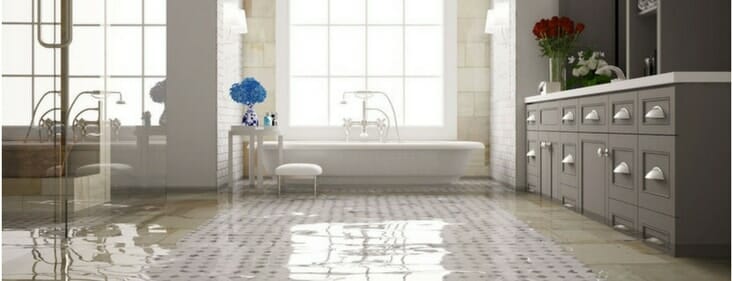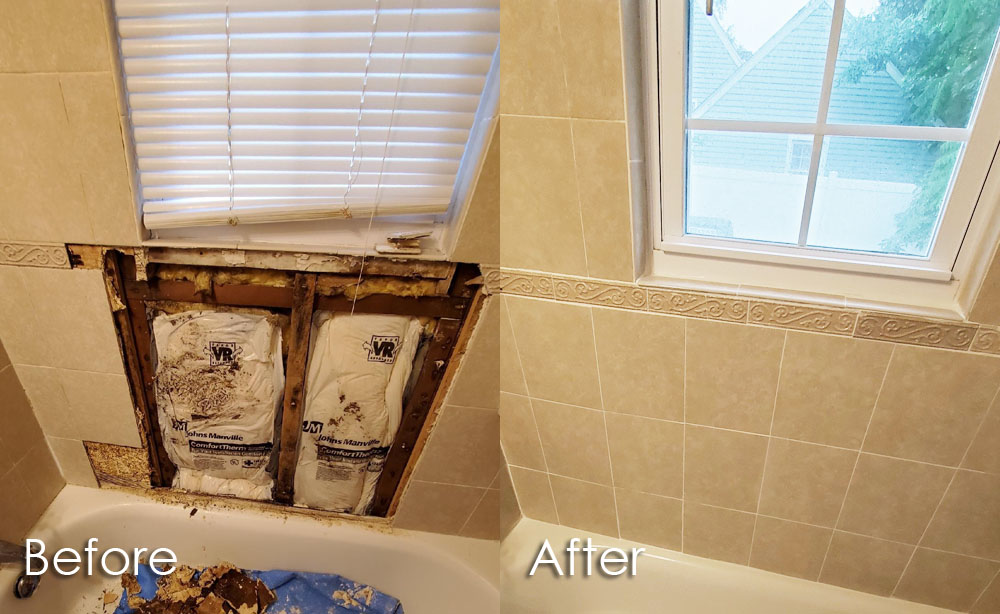How to Stop Water Damage in Your Bathroom
How to Stop Water Damage in Your Bathroom
Blog Article
We have stumbled upon this great article about Looking for Signs of Water Damage in the Bathroom listed below on the internet and figured it made sense to relate it with you on this page.

The shower room is incredibly vulnerable for moist buildup as well as potential water damages because of the regular use of water in it. This write-up uses easy inspection methods to help detecting water damages hazards.
The constant use water in the restroom makes it exceptionally prone for moist buildup as well as potential water damages. By examining it routinely, you can minimize water related problems.
The following collection of evaluations is easy to do and need to be done when in every three months in order to maintain your bathroom healthy and also to avoid possible water problems caused by the tub, the shower, pipe joints as well as plumbing, sinks, cabinets, and also the toilet
Do not forget carrying out these assessments and be complete while doing them. Remember that these simple evaluations can conserve you a lot of cash by providing early signs for water damage
Bath tub and Shower
The shower as well as bathtub need unique attention as well as upkeep. Inspect the floor tiles and change if fractured. Ensure that there is no missing out on grout between the tiles. Check and replace split caulking at joints where the walls satisfy the flooring or the bathtub. Blocked drains pipes and also pipes issues will certainly prevent the tub from drying out and may suggest significant problems underneath the bath tub. Consult with a professional right away to avoid architectural damages. Take note of stainings or soft locations around the tub wall surfaces as they may suggest an inner leak.
Plumbing
Signs for water damage are tough to detect considering that the majority of pipes are set up inside the wall surfaces.
Pay unique attention to floor covering and also walls moisture as well as discolorations as they may suggest an undetectable plumbing trouble. Check moisture degrees in adjacent areas as well.
Sinks as well as Cabinets
Sinks as well as closets are exposed to moisture as well as moisture day-to-day and are frequently ignored. Evaluate regularly under the sink and on the countertop above it. Repair any type of drip in the catch as it might recommend drain problems. Take a look around the sink, sluggish draining pipelines might show an obstructed drainpipe. Replace sink seals if they are cracked or loose.
The Toilet
The bathroom is a prone water junction. Inspect the water lines as well as look for leakages around the commode seat, in the tube, and also under the water container. If you detect any signs of moisture on the floor around the toilet, check for leaks in the toilet rim and tank seals.
Be aware that hanging toilet bowl deodorants boosts the opportunities for obstructions.
Water Damage Signs In The Bathroom To Avoid Cleanup
Musty smell
This is one of the easiest signs to catch because musty smells are so odorous. The damp, earthy, moldy smell should be a big red flag. The smell will develop when moisture gets trapped in surfaces, and begins to facilitate mold growth. Leaking pipes under cabinets, inside walls, and behind shower fixtures will cause moisture to stay trapped and not dry, which will lead to mold growth and spread. As soon as you notice any musty smells in your bathroom, have it checked for hidden water damage and cleanup signs.
Visible mold
If the smell isn’t there to give it away, sometimes you will actually see mold growth. Finding mold in your bathroom is a serious problem, because mold is very harmful to your health. By the time mold growth is visible, it also means that water damage has already occurred and been present for some time. The only way the mold problem can be resolved is to find the source of the moisture and get it stopped. To safely and adequately remove mold, you need to have professionals handle the remediation. Do not waste any time in getting mold problems addressed, fixed, and sanitized so that you can protect you and your family from the many respiratory symptoms caused by mold exposure.
Damaged floors
Bathroom floors should be able to withstand some exposure to water while still remaining in good condition. However, when excess exposure or water leaks occur, they will begin to damage even the most water-resistant flooring. If you notice any cracking, bubbling, staining, or warping on your bathroom floors, there is probably a water leak somewhere causing the distortion. If you notice areas of the floor have become softer, or even have a spongy feeling, there is probably damage to the subfloor. Subflooring is typically made up of plywood. When plywood is exposed to water or moisture, it will absorb it. Once it has become saturated, the weight of the excess water will cause the wood to swell and soften. Check the floors in your bathroom frequently to catch any of these sings before they lead to damaged subflooring.
Changes on walls
When water leaks behind walls, it will cause changes in the drywall. Peeling plaster, blistering paint, and soggy wallpaper are all good indicators that excess water is building up behind the wall. Water leaking behind drywall will cause it to swell and be soft to the tough. If you start to notice gaps along the trim of your walls, or where tile meets the wall, it could also be a strong indicator that there is a leak behind the wall. Any changes, distortion, or damage on the walls should be evaluated as soon as you notice it to prevent further water damage and cleanup.

I was brought to that report on Common Causes of Water Damage in a Bathroom from someone on another web property. If you appreciated our post plz remember to share it. Many thanks for your time. Visit us again soon.
Free Estimates Report this page